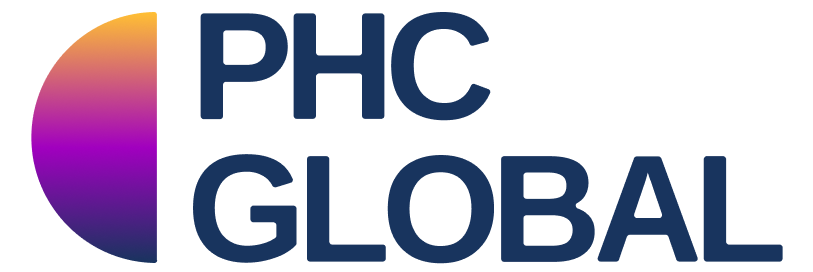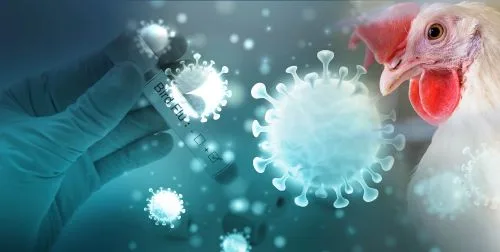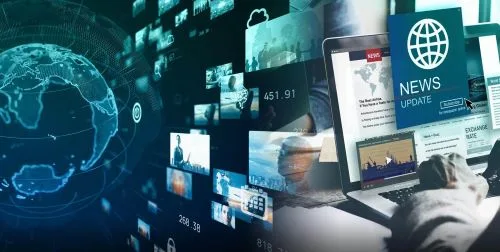
Biological threats are a critical, yet often overlooked risk to government agencies and private enterprises—to our health, economy, and environment. Organizations have begun to expand their threat environments, for example, implementing cybersecurity measures to protect against digital threats. However, most have been slow to combat biological threats with biosecurity measures. At PHC Global, we know biosecurity is vital for protecting humankind and capital, and securing our future.
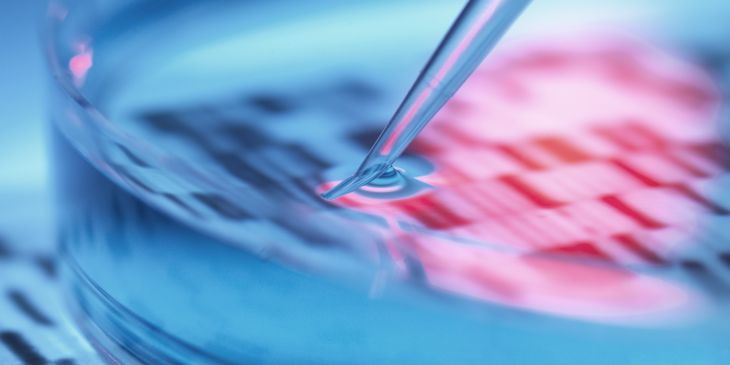
What is Biosecurity?
Biosecurity involves the steps and practices taken to predict, respond to, and reduce the risk of biological threats. These threats can come from a variety of sources—natural events like disease outbreaks, accidents, or intentional acts that could harm people, animals, or the environment. The main goal of biosecurity is to safeguard the well-being of all living things and the ecosystems they inhabit.
At PHC Global, we equip organizations and businesses with the intelligence and technology needed to assess and mitigate biological risks. By proactively identifying vulnerabilities and implementing robust biosecurity measures, organizations can enhance their resilience, protect their assets, and ensure operational continuity in the face of potential biological threats.
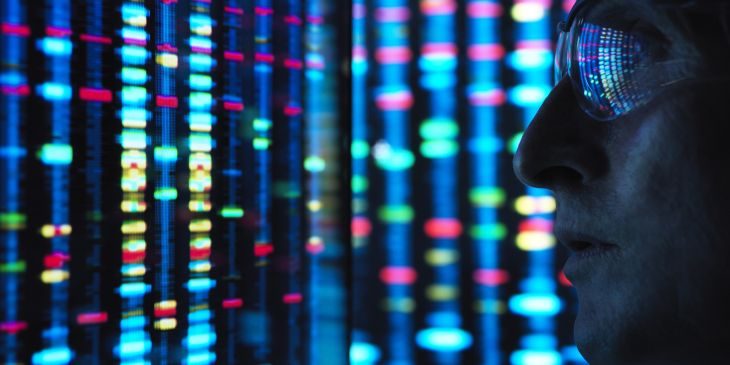
Why Biosecurity Matters
Biological threats can have a profound impact, especially when organizations are unprepared. Biosecurity is how we fight back.
Effective biosecurity protocols can prevent, detect, and contain disease spread if an outbreak occurs, minimizing disruptions and ensuring organizational continuity. We leverage forecasting models like Predictive Absenteeism to empower organizations to make informed decisions and maintain operational continuity. Our Critical Threats feature provides enhanced situational awareness of ongoing outbreaks, allowing organizations to track and manage emerging events.
However, biosecurity is not just about responding to crises as they occur; it’s also about proactive mitigation. This is especially important in today’s dynamic world, where a single biological threat can quickly affect the entire global population.
The COVID-19 pandemic is a clear example of how quickly disease can spread, impacting billions of lives and disrupting economies worldwide. The National Security Council’s Global Health Security and Biodefense was disbanded in 2018. The United States lacked stockpiles of personal protective equipment, ventilators, and critical medical supplies. Integration between the US Strategic National Stockpile (SNS) and local officials was fragmented, at best.
We weren’t ready, and the results were disastrous.
Even smaller-scale outbreaks (e.g., bird flu or swine flu) can lead to significant food shortages and financial loss. Effective biosecurity measures prevent or mitigate biological threats before they cause seismic socioeconomic disruption.

The Role of Technology in Biosecurity
Organizations need to know the biological risk, what threat it might pose to personnel and business operations, how fast and how far it will spread, and what actionable, proactive steps will help mitigate negative outcomes.
Taken together, we call that idea trusted, anticipatory, tactical, and strategic biosecurity intelligence.
Esri’s GIS technology, paired with PHC Global, gives organizations a common operating picture for biological threats, enhancing the ability to:
- Visualize and analyze the spread of a pathogen
- Predict and react with confidence.
Biosecurity is critical to keeping our world safe. Responsible leaders would not leave their IT systems unsecured and vulnerable to intrusions by bad actors. An urgent, proactive, defense posture against biothreats can save lives. It can be the difference between halting operations and organizational continuity. It can be the difference between success and failure.
And we’re here to help.
We encourage you to learn more, stay informed, and take action to help secure our shared future.
